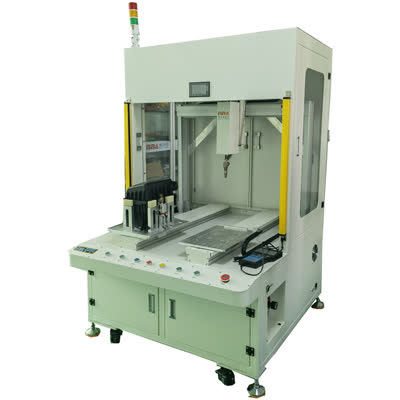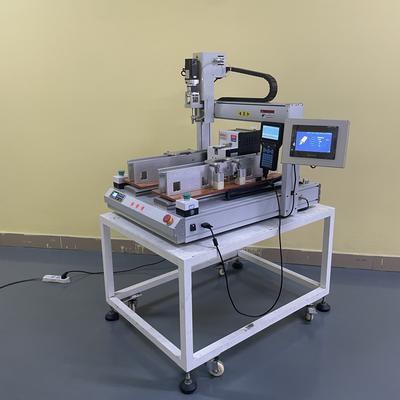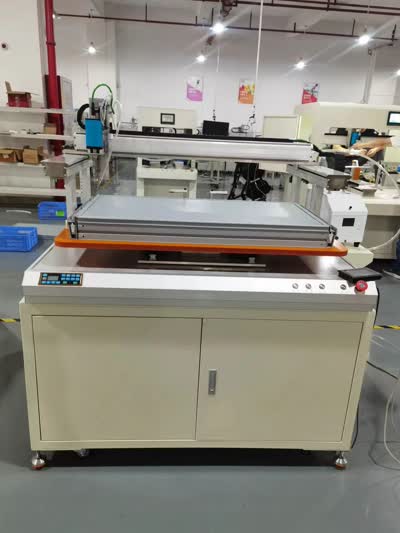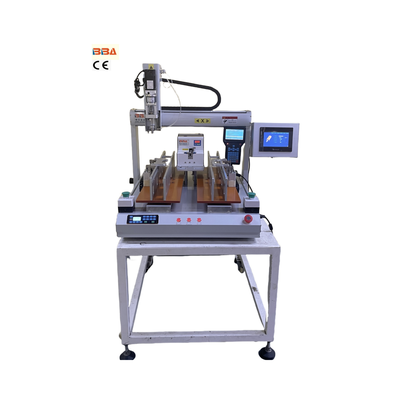Real-Time Data Logging in Servo Screw Assembly: Enhancing Precision & Efficiency
In the fast-paced world of industrial automation, precision and efficiency are paramount. One critical aspect of maintaining high-performance standards in servo screw assembly systems is real-time data logging. This technology enables manufacturers to monitor, analyze, and optimize assembly processes seamlessly, ensuring consistent quality and productivity. In this article, we explore the significance of real-time data logging in servo screw assembly and how it enhances operational performance.
Real-time data logging refers to the continuous recording of process parameters during servo screw assembly operations. Parameters such as torque, angle, speed, and cycle time are captured instantaneously, providing valuable insights into the assembly process. This data is crucial for detecting anomalies, preventing defects, and ensuring that every screw is tightened to exact specifications. By leveraging real-time logging, manufacturers can achieve higher accuracy, repeatability, and traceability in their production lines.
One of the primary benefits of real-time data logging is its ability to enhance process control. With live feedback, operators can immediately identify deviations from predefined tolerances and take corrective actions before defective products are produced. For instance, if the torque applied during screw assembly falls outside the acceptable range, the system can trigger an alarm or halt the process, preventing costly rework or recalls. This proactive approach minimizes downtime and maximizes throughput.
Another advantage is improved traceability. Real-time data logging creates a comprehensive digital record of every assembly step, which is invaluable for quality assurance and compliance. In industries with stringent regulatory requirements, such as automotive or aerospace, having detailed logs of screw assembly parameters ensures adherence to standards and simplifies audits. Additionally, archived data can be analyzed to identify trends, optimize processes, and predict maintenance needs, further boosting efficiency.
Real-time data logging also supports predictive maintenance strategies. By continuously monitoring the condition of servo screw assembly equipment, manufacturers can detect early signs of wear or malfunction. This enables timely interventions, reducing unplanned downtime and extending the lifespan of machinery. For example, a gradual increase in torque variability may indicate a need for tool calibration or replacement, allowing maintenance teams to address the issue before it escalates.
Furthermore, integrating real-time data logging with advanced analytics and machine learning can unlock new levels of automation intelligence. Predictive algorithms can analyze historical and live data to optimize screw assembly parameters dynamically, adapting to variations in material properties or environmental conditions. This level of adaptability ensures consistent product quality, even in complex or fluctuating production environments.
In conclusion, real-time data logging is a game-changer for servo screw assembly applications. Its ability to provide instant insights, enhance process control, and improve traceability makes it indispensable for modern manufacturing. By adopting this technology, manufacturers can achieve higher efficiency, reduce waste, and maintain a competitive edge in the industry. As automation continues to evolve, real-time data logging will remain a cornerstone of precision assembly processes.
| Product Name | Applicable industries |
| Screw Fastening Unit | Automotive Electronics Assembly |



